Brighton, The Beach 1902
Photo ref:
48503


More about this scene
The centrepiece of Brighton was and remains the extraordinary Pavilion or seaside palace. Built as a farmhouse, then a classical villa, it was finally transformed by John Nash into this romantic Hindoo, Mahometan fantasy bedecked with domes and minarets between 1813 and 1822 for the Prince Regent who became George IV in 1820. Brighton boomed during the Prince's long association with the town, but in 1846 Parliament voted to sell the Pavilion. Fortunately the town bought it and it survives. Seaside and Coastal Sussex: From Bosham to Rye
Add to Album
You must be signed in to save to an album
Sign inShare This Photo
Buy a Print
Unframed, Mounted, Framed and Canvas prints in a range of sizes and styles.
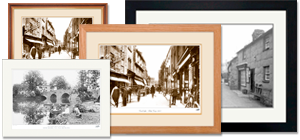
View Sizes & Prices
A Selection of Memories from Brighton
For many years now, we've been inviting visitors to our website to add their own memories to share their experiences of life as it was, prompted by the photographs in our archive. Here are some from Brighton
Sparked a Memory for you?
If this has sparked a memory, why not share it here?

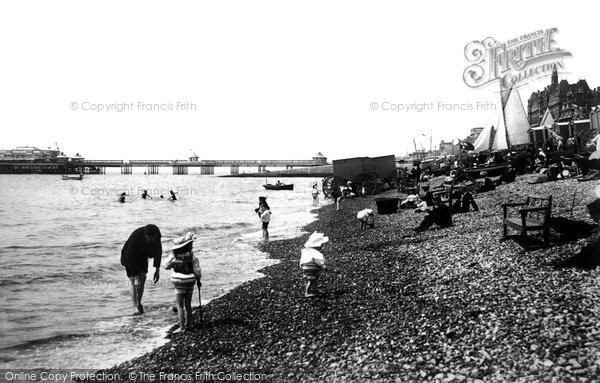
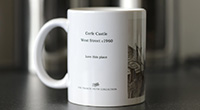
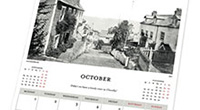

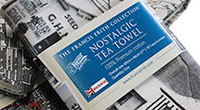


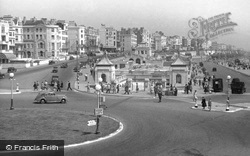
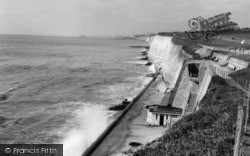
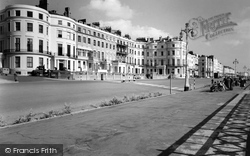
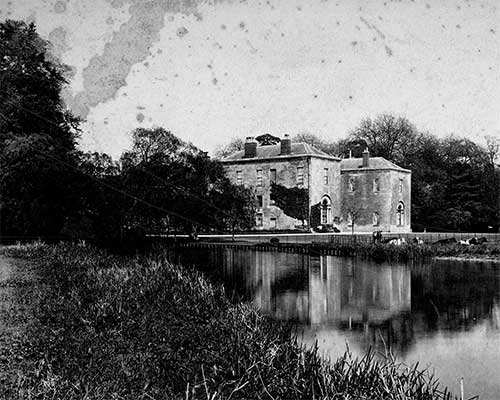 Before
Before
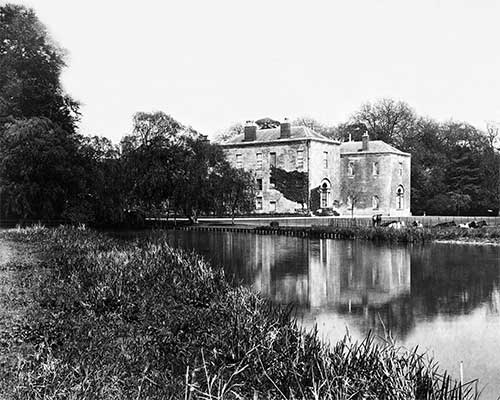 After
After